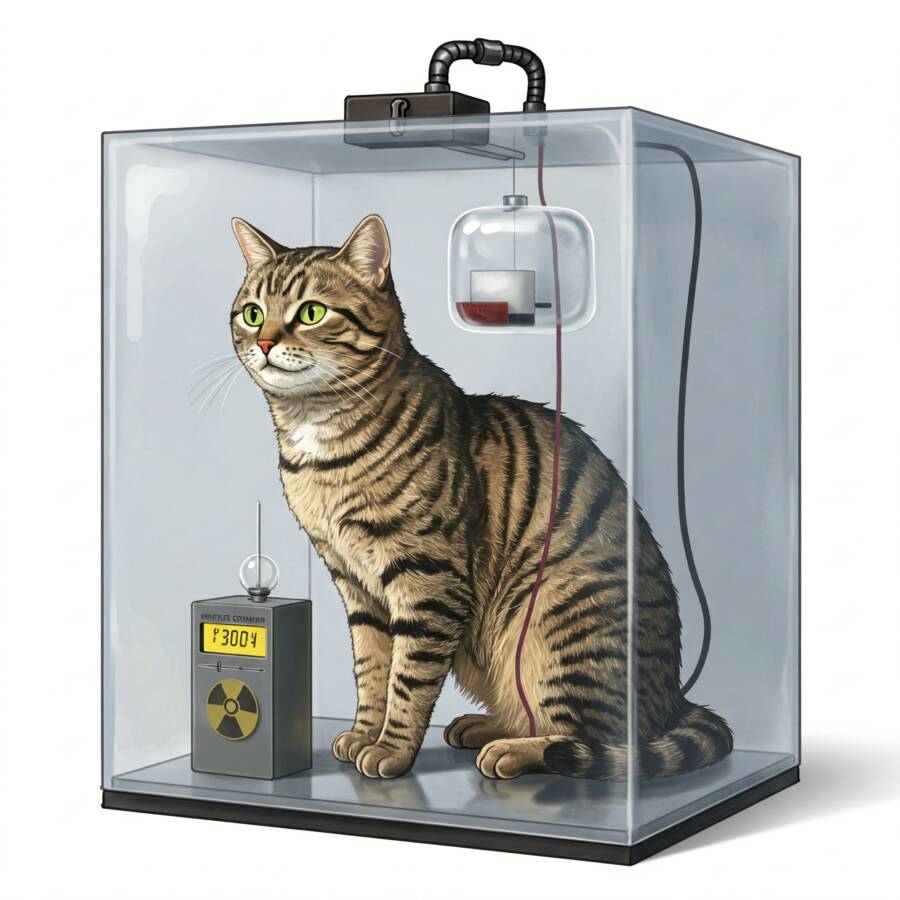If you or a loved one have been through a coma or have an increased risk of falling into one, you could wonder what it feels like. Well, understanding what a patient could experience while they are in a coma might help you determine what needs to be done to deal with it as best as you can.
Naturally, there are different levels of severity: the more severe the damage to the brain, the more serious the coma. However, not every coma patient reported feeling or even remembering anything, even if some studies suggest there could be some things loved ones can do to increase the chance of recovery.
In this article, we’re going to discuss what a coma feels like, with insights on how healthcare professionals use the Glasgow Coma scale. This scale was created to understand whether your loved one can hear you and what you can do for them.

The Glasgow Coma Scale
The Glasgow Coma Scale is a scale that ranges from 3 to 15. It is used by many healthcare facilities to establish a person’s consciousness. The lower the score, the less conscious the patient. A score of 15 represents a fully awake and conscious person, and a score of 3 or 8 suggests that the patient is in a coma.
The Glasgow Coma Scale is also meant to assess the patient in three separate categories: eye-opening response, verbal response, and motor response. The maximum score established for eye-opening response is four, which means the patient’s eyes are open and able to blink.
A score of three means they only react to stimuli, and a score of two on the eye-opening response chart shows they only respond to pain. A score of one indicates no response whatsoever. The verbal response also has a scoring system from five (orientation) to one (no response).
A score between two and four shows the patient’s verbal response can either come with confusion or A motor response score also ranges from one to six and tests the patient’s response to various stimuli and pain.
Dream-like state
A coma is very similar to a dream-like state, and that’s because the individual is alive but not conscious. A coma generally occurs when there’s little brain activity. The patient isn’t able to respond to touch, sound, or any other stimuli.
It is also rare for someone in a coma to cough, sneeze, or even communicate in any way. Some people might breathe on their own, even if many of them who are in a coma need a machine in order to breathe.
Can your loved one hear you?
During a coma, the individual isn’t conscious, which means that they aren’t able to respond to any sounds. But the brain can still pick up on sounds from loved ones. As a matter of fact, some studies show that talking to and touching a loved one while they are in a coma could help them recover faster.
With that being said, everyone who goes into a coma has their own unique experience. Some reported remembering some events that happened while being in a coma, while others might have reported not remembering anything while being unconscious.
Recovering from a coma
Many who have fallen into a coma have managed to regain their consciousness over time. The capacity to recover depends on the cause and severity of the brain damage each individual has suffered.
Some move out of the coma and manage to recover with little to no long-term effects, while others who move out of the coma could transition into a vegetative state. A vegetative state implies that the individual shows no signs of awareness, even if they’re awake.
The patient could also go into a minimally conscious state, showing little awareness that might come and go. Those who manage to regain their full consciousness could experience frustration and confusion as they come out of the coma. Oftentimes, there are long-term effects, even if the severity of the effects depends on the nature and cause of the coma.
What you can do for your loved one
It’s mandatory to keep in mind that recovery from a coma depends on the severity of the brain damage and its cause. Nevertheless, there are some things the family and friends can do to improve the chances of recovery. For instance, simple actions like announcing who you are when you enter the room, having a casual conversation about activities in your life, and holding their hand while you are with them could help stimulate the senses.

3 facts you need to know about brain activity during a coma
When someone we love is dealing with a traumatic brain injury (TBI) and a resulting coma, it could be quite challenging for everyone involved. Some family members might need various medical options to explore and research what a recovery could look like.
A deep-coma patient, for instance, could require lifetime hospital care, while a patient in a vegetative state could be released to the family for home care. In circumstances where negligence contributes to the injury, the decision to file a lawsuit might bring more questions to the surface.
When someone is in such a state, they can’t interact with the environment. Even if the brain is still working, the degree of brain activity differs for each patient. New tools for mapping brain activity help doctors decipher what is really happening inside the brain, which also informs their treatment and care.
- The brain reacts, but the body doesn’t. To properly treat a traumatic brain injury, physicians need to evaluate all the signs of electrical impulses that leave the brain in response to external stimuli. According to research using electroencephalography (EEG), 15% of patients showed brain activity patterns very similar to those of healthy study participants, despite their non-responsive condition.
- Brain activity related to sound could help predict recovery speed. A 2019 study recorded patient brain activity on the first and second days. Patients whose responses improved over a 48-hour period were way more likely to awaken in a shorter period of time.
- Brain activity levels provide a long-term prognosis. A year after suffering an injury, 44% of patients whose brains were reactive to stimuli were also able to take care of themselves for a minimum of eight hours, compared to 14% of those whose brains didn’t respond at all.
Traumatic brain injury statistics
According to a 2014 study published by the Centers for Disease Control and Prevention, this topic requires more attention: age-adjusted rates of TBI-related ER visits increased by 54% from 2006–2014. Unsurprisingly, the numbers continue to increase.
Nowadays, 5 million individuals suffer from brain injuries every year, ranging from mild concussions to severe head trauma. Close to 3 million patients visited emergency rooms, hospitals, and doctors for various TBI-related complaints. Last, but not least, 5+ million people in the United States require prolonged hospitalization or long-term care due to their injuries.
Given the high cost of treatment, housing, and all the other expenses, it could prove to be quite overwhelming for anyone taking care of a patient or someone who suffers from TBI. When negligence is added to the equation, these expenses might be offset by a legal judgment. Hopefully, you will never have to worry about adding the legal aspect to this matter.
Here’s an interesting series on this topic!
If you’re looking for similar articles, we recommend reading: 5 Common Reasons Why Women Lie, According to Science















One Response
Thanks for your details! I passed out 6/11/24 while boarding our Catalina 350 Sailboat from the aft end boarding platform ! I barely recall being in a dream-like state with two people trying to get me face up! Shortly thereafter two paramedics put me on a stretcher, wheeled me to their ambulance , took me to ER at new Advent Hospital Palm Coast. Fl. Here an MD and Med Tech patched me up an arranged for Taxi to return my wife and I to her car at Hammock Beach Marina. My dear wife drove us HOME ! AMEN!